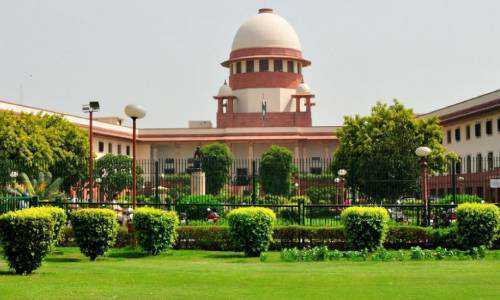
The Supreme Court held that provisions of the Limitation Act, 1963 are applicable to applications filed by financial and operational creditors under Sections 7 and 9 of the Code from the “inception of the Code”.
In the instant case titled B. K. Educational Services Pvt Ltd v. Parag Gupta & Associates issue that was raised before the Supreme Court for clarification was:
Whether the Limitation Act, 1963 would apply to applications that were made under Section 7 and/or Section 9 of the Code on and from its commencement on 01.12.2016 till 06.06.2018 i.e. the date on which the Amendment Act came into force?
The Supreme Court held that the reason for the addition of Section 238A to the Code can be found in the March 2018 Report of the Insolvency Law Committee. The objective of the Code could not have been to grant time-barred debts a new lease on life. When a debt is time-barred, the entitlement to a remedy is also time-barred, according to established law. This provision must be interpreted in conjunction with the Code's definitions of "debt" and "claim." Furthermore, debts in winding-up procedures cannot be time-barred, and there appeared to be no reason why this principle of law should not be applied to the Code.
The court categorically held that:
“to prevent disturbance or deprivation of what may have been acquired in equity and justice by long enjoyment or what may have been lost by a party’s own inaction, negligence or latches”.
The Supreme Court evaluated the applicability of the Limitation Act by comparing the Code to a related statute, the Companies Act of 2013, and examining numerous case laws on the subject to conclude that the change in law was just a change of venue. It is well recognised that a change of legislation has retrospective effect and that a person must proceed in the new forum even if his cause of action or right of action arose previous to the change of forum.
The Hon'ble Court further concluded that the statute of limitations should be applied retroactively, with the exception that a dead remedy could not be revived under the modified statute of limitations enacted under Section 238A. It further concluded that the alteration to Section 238A would not serve its purpose unless it is interpreted as a retrospective, because otherwise, applications seeking to resurrect time-barred claims would have to be accepted, as the law of limitation would not apply.
As a result, if the default occurred more than three years prior to the filing of the application, it would be barred under Article 137 of the Limitation Act, save and except in those cases where, in the facts of the case, Section 5 of the Limitation Act may be applied to excuse the delay in filing the application, and the Limitation Act's provisions would apply from the beginning of the Code.
Thus, when a default occurs, the "right to sue" accrues, and if the default occurred more than three years before the application was filed, the application would be banned by Article 137.

